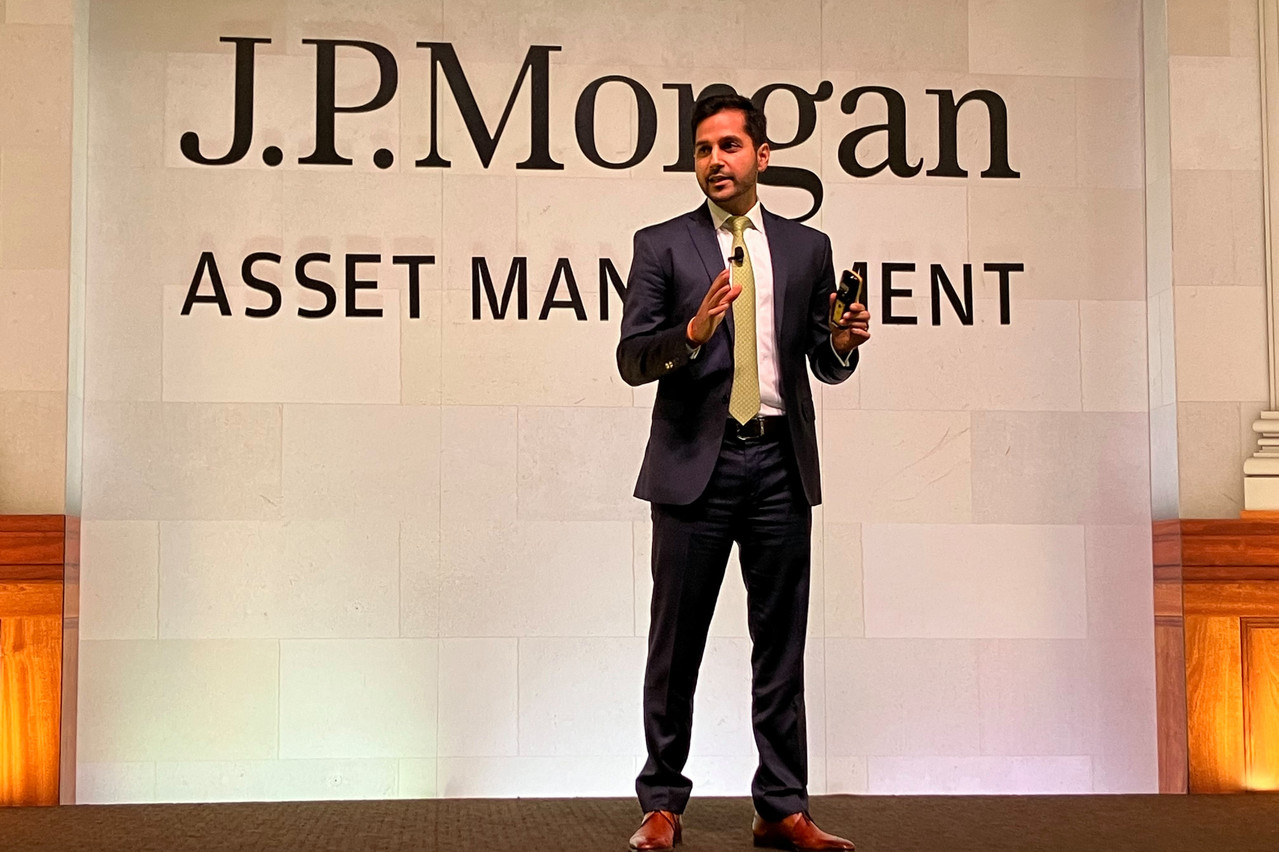Anuj Arora, head of emerging market and Asia Pacific equities at J.P. Morgan Asset Management, was taken aback by the 10% rally in emerging markets in 2023 given the interest rate hikes to 5% by the Fed, Treasury sell off and the steadfast dollar.
Arora observed in 2023 that some large EMs such as Mexico were up 40% compared to the Nasdaq whereas Taiwan and Korea were up 20% and 30%, respectively. He considers that EMs were “extremely resilient” despite “a really tough macro environment.”
“EM Asia is the enabler of the two massive themes going on in the world, the AI revolution, and the green and sustainability revolution,” stated Arora during a presentation at the firm’s International Media Summit on 14 March 2024 in London. He suggested that the factories of the world are “starting a new cycle.”
Without Asia, the AI revolution is not possible
“The memory [chips] come from Korea, the components for the GPUs come from Taiwan and the components that connect the servers come from Thailand and Japan,” said Arora. He thinks that explains why the Taiwan stock market was up 30% last year and is already +20% so far this year.
The makers of computers, screens, keyboards and mouses (or mice, for some purists) from five Asian countries--Japan, Korea, Taiwan, Singapore and Thailand--enjoyed an export boom during covid followed by a “technology recession.” Arora suggested that “as we speak, we’re restarting in regenerative AI GPU setup.”
Green revolution
“80% of solar panels are made in China, wind turbines, EVs, batteries for EVs. All of this is made in Asia,” stated Arora. Delano thinks that Arora got ahead of himself and assigned too much credit to Asia on the latter products. He thinks that “[the trillion of dollars] of green and sustainability ambitions of Europe and US…. cannot have that without the factories of the world enabling it which is again EM Asia.”
EMs have been unloved and overlooked for far too long despite very orthodox central banks… making them better prepared for a downturn than in the western world
Arora noted that a supply chain restructuring is going on and is observable in the US import figures. They favour Mexico, India, Vietnam and Korea. Moreover, wages in Thailand, Malaysia, Vietnam, Mexico and India are “far lower than either in the developed world or even in China.” It’s no wonder that China’s export numbers to the US are going down.
Additional boon may come from “real rate beneficiaries”
Arora noted that “inflation rate in Latin America is at 5%.... with Brazilian inflation even lower than the UK.” Coupled with relatively low price-earnings ratio at 7, the elevated real interest rates backdrop is “good-to-have… as we are starting a new cycle from a 25th percentile valuation.” The picture is similar for Mexico while South Africa is even cheaper at the 10th percentile valuation.
“EMs have been unloved and overlooked for far too long despite very orthodox central banks… making them better prepared for a downturn than in the western world,” remarked Arora.
Moreover, Arora thinks that the expected falling US interest rates is “hugely beneficial to EM, but in Latin America and India, in particular.”
Why don’t you talk about India?
“[India] will have an 8% GDP growth for a very long period of time… and the growth drivers are still at early stage,” Arora said in response to a question from the audience. However, he reported that valuations are “very expensive, especially in the small cap space” with an average PE ratio at 31, “the same valuation as Nasdaq.”
Moreover, he observed a negative correlation of minus 0.5 between China and India. “Big down days in India are generally caused by big up days in China because the government announces some stimulus,” a money flow context that has contributed to fuel the “small cap bubble” in India. “It’s probably time to take some risk off the table.”
Japan: recent reforms are timely to benefit from the revolutions
The presentation also covered the recent shift in corporate Japan. “For the first time, in 30 years, the entire corporate ecosystem is aligned to make an improved profitability,” said Arora. “It’s a structural bottom-up story.” The pressure comes from the government, the regulator and exchange. He noted that Tokyo Stock Exchange will delist a company with a price-to-book is statistically consistently less than one.
Love is coming back. It is undervalued. We have clients coming to Japan, who’ve never looked to Japan in their careers
“Everybody wants better profitability from the Japanese employers,” observed Arora. He also remarked that the return on equity is going up and has surprisingly matched US earnings growth in the last 10 years, a rare occurrence in the world.
Does a more hawkish BOJ mean higher yen?
Arora noted that Japanese wage growth was 3.7% last year and has reached 5% this year. “Up close to 10%. In two years, it’s absolutely phenomenal.” As inflation is finally returning after a hibernation of 20-30 years, the Bank of Japan hiked interest rates from negative 10bps to positive 10bps. Nothing “gigantic,” but “massive” for Japan.
Arora thinks that such a hawkish development could support the yen at a time when other central banks are dovish. “Not only do you have increasing and improving corporate returns, but you might also get a lot of tailwind from the currency,” speculated Arora.
Nikkei: some more upside potential?
“Love is coming back. It is undervalued. We have clients coming to Japan, who’ve never looked to Japan in their careers,” said Arora. He noted that that some veterans are looking at Japan for the first time ever, which explains the under ownership of foreign investors in Japan.
Consequently, he believes that given the current inexpensive average valuation of 13-14 price-earnings ratios, “we could see a structural 3, 5, 10-year period of a Japan rally.”
Delano was invited to attend J.P. Morgan Asset Management’s International Media Summit in London. The latter paid for accommodation and transportation.

